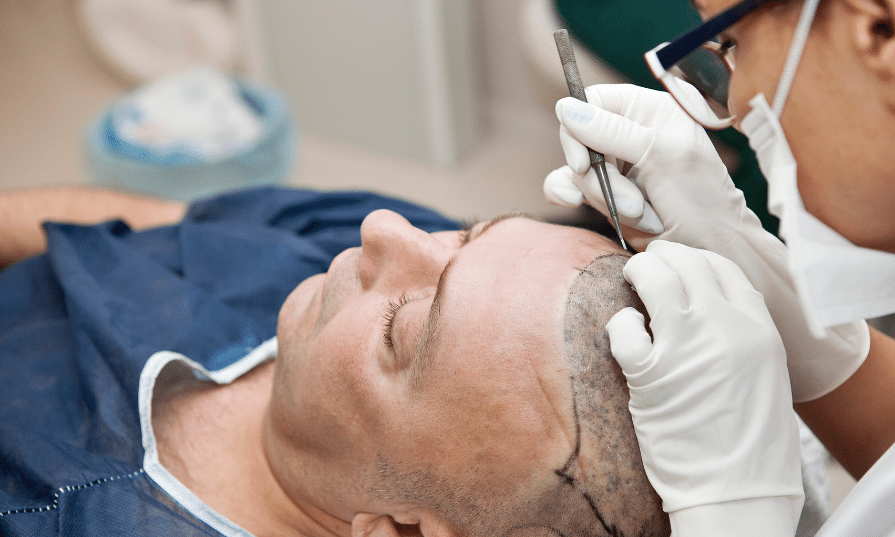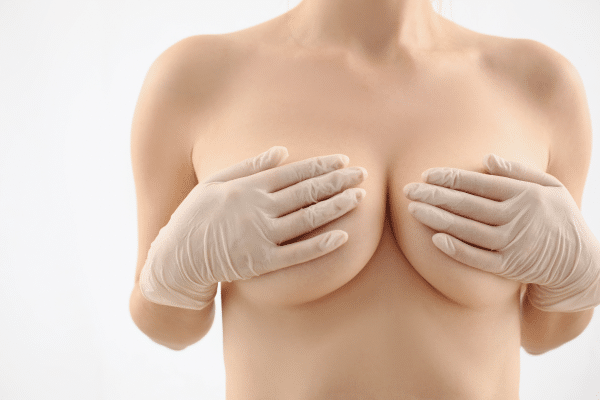How Does Vaser Lipo 360 Work?
Unlike traditional liposuction, which focuses on removing fat cells from the front of the abdomen, Vaser lipo 360 removes fat from all around the abdomen — 360 degrees. For this reason, the procedure is often called circumferential liposuction as well.
In this article, we’ll explain how Vaser lipo 360 works, how it differs from standard liposuction, what “Vaser” technology is and its benefits, and how to know if you’d be a good candidate for this innovative procedure.
Vaser Lipo Video
What Is Vaser Lipo 360?
This is a type of liposuction that uses a specific technology and a specific strategy for removing fat. Let’s first discuss the fat removal strategy — the “360” part.
What is Lipo 360?
Unlike other types of lipo, lipo 360 takes fat from all around the abdomen. Traditionally, if a patient wanted abdominal liposuction, fat would be removed from the entire front of the trunk — from beneath the breasts down to the pubic bone — or from select areas within that zone. The procedure might add the area slightly beyond the patient’s sides (the flanks), but that would generally be the extent of the area treated.
Liposuction 360 extends this treatment area even further. So, in addition to removing fat and sculpting the patient’s contours from beneath the breasts, down to the pubic bone and around to the flanks, the entire back and sides of the patient would also be fat-reduced.
What Does Vaser Mean?
Vaser stands for Vibration Amplification of Sound Energy at Resonance. This is a fancy way of saying ultrasound technology.
Vaser liposuction uses ultrasound energy to liquefy treatment area fat before it is suctioned out of the body. This provides numerous benefits — from less irritation to surrounding tissue in the treatment area to an easier recovery and better overall results.
Vaser Liposuction Procedure Before and After
Vaser Lipo 360 vs. Traditional Liposuction
Let’s first talk about how Vaser liposuction 360 is different from standard targeted liposuction in respect to the 360 degree circumferential treatment zone.
If, for example, you were to go to a cosmetc surgeon and say you wanted just a little bit of liposuction because of some extra fat you’ve been carrying around on your lower abdomen, you wouldn’t need lipo 360. Small pockets of unwanted fat can be effectively treated with traditional Vaser lipo. This procedure would use Vaser technology (ultrasound energy), but you wouldn’t get results on the entire circumference of your trunk because you wouldn’t need them.
On the other hand, most patients do require circumferential liposuction because they have unwanted fat around their entire trunk. This is often the case with individuals who have upper back rolls they are uncomfortable with, excess fat on their flanks (“love handles”), as well as stubborn excess fat on the front of the abdomen.
Now, let’s move on to how Vaser liposuction is different from traditional liposuction.
The most important thing to look at here is how the fat is actually detached from the body and then suctioned out. With traditional lipo, your plastic surgeon is basically making a small incision, inserting their cannula, and using force to literally rip the fat out of your body. This sounds extreme, but it is the way that traditional lipo, which was originally developed in the 70s, operates.
When we contrast this technique with the ultrasound technique (Vaser), you will immediately see how the latter is so much easier on the body — and easier on the plastic surgeon as well, which translates into better results for you.
With Vaser, ultrasound energy is used in between the numbing and aspiration (fat withdrawal) phases. This energy permeates the treatment area and effectively loosens the fat, liquefying it to basically a smoothie consistency. This means that when the fat is aspirated, all your plastic surgeon has to do is gently move their cannula around, which, in turn, allows them to be more precise.
There are numerous benefits to this. First, it allows your surgeon to take more fat out. With a traditional liposuction procedure, there are limits on the amount of fat that can be withdrawn from the body. Vaser allows for more fat to be withdrawn.
Likewise, the entire process is far gentler. Surrounding blood vessels and tissue are not damaged as they so often are with traditional liposuction procedures. This means less bruising and bleeding, less risk for deformities, a shorter and more pleasant recovery time, and superior results overall.
Are You a Good Candidate for Vaser Lipo 360?
There are pros and cons to Vaser liposuction and HD liposuction, so it is not for everyone. You may be a good candidate for high definition liposuction if you:
Have excess fat on your front, sides, and back that you’d like to have removed.
Vaser liposuction can usually be used on any patient who is seeking to remove deposits of unwanted fat and who qualifies for this form of liposuction. However, lipo 360 — as the circumferential removal of fat from all the way around the abdomen — should only be performed on individuals who actually need fat removal for their front, sides, and back.
The procedure is more expensive because the treatment area is larger, so if you don’t need this procedure, you should simply reduce unwanted fat with targeted Vaser lipo.
Are in good overall health with no major health issues.
Patients should be in good physical health without major health issues or ongoing health treatments. It’s best if patients do not smoke at all or are able to stop several weeks before and after the procedure.
All plastic surgeons have different guidelines when it comes to maximum BMI or body mass index numbers. With that said, Vaser lipo 360 is not an appropriate treatment for individuals who are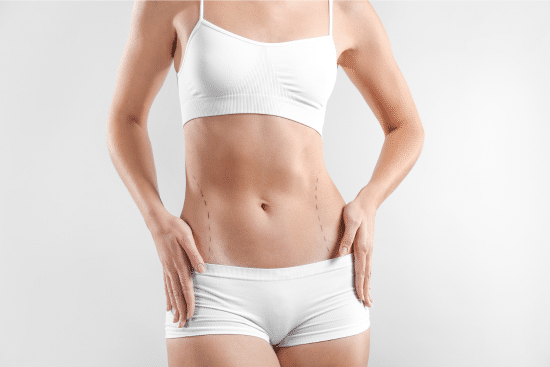
Have good skin elasticity.
The best candidates for liposuction have good skin elasticity. This usually means that younger patients make better candidates, but it does not preclude older patients from getting lipo either. Your plastic surgeon will examine your skin and how lax it is at your consultation appointment.
Note that if you have too much excess skin, a body contouring procedure, skin tightening, or a tummy tuck may be for you.
FAQS
Can you do lipo 360 and Brazilian Butt Lift at the same time?
Combining complementary body contouring procedures, such as 360 Lipo (known as Lipo 360 in the United States) and a Brazilian butt lift (BBL), can lead to dramatic results.
Will I have loose skin after lipo 360?
No, liposuction does not cause sagging skin. What liposuction does is remove the volume beneath the skin by eliminating excess fatty tissue. However, if the skin does not have good elasticity, it may not retract and bounce back as desired.
 Can you gain weight after lipo 360?
Can you gain weight after lipo 360?
Patients often experience rapid weight gain following the procedure, as the body aims to recoup fat and the affected areas fill with fluid used for healing.
Maintaining a healthy lifestyle is crucial to manage this weight gain and support the body’s recovery process.
Is lipo 360 a weight loss procedure?
Liposuction 360 is not a weight loss procedure. As a body contouring technique, Lipo 360 won’t significantly alter the number you see on the scale.
Schedule Your Personal Consultation
If you want to remove stubborn fat around your entire midsection and are considering liposuction, 360 Vaser liposuction could be for you. Contact our San Francisco office today to schedule a consultation appointment with double board-certified plastic surgeon Dr. David Sieber.
References



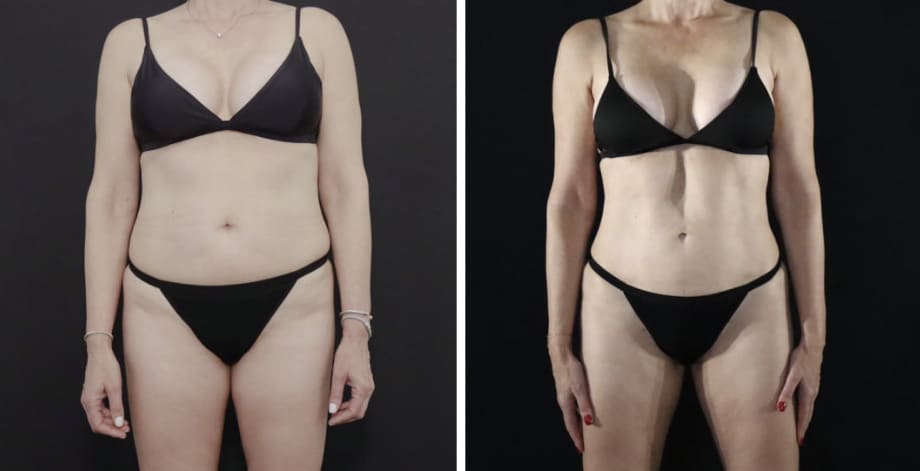
 Can you gain weight after lipo 360?
Can you gain weight after lipo 360?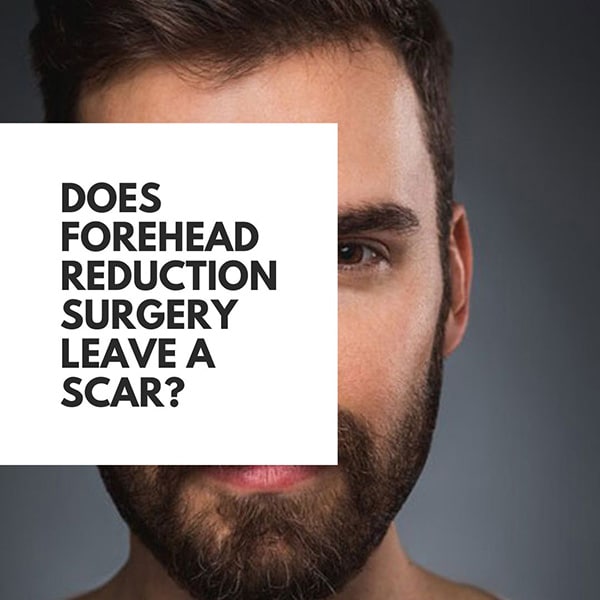 Does Forehead Reduction Surgery Leave a Scar?
Does Forehead Reduction Surgery Leave a Scar?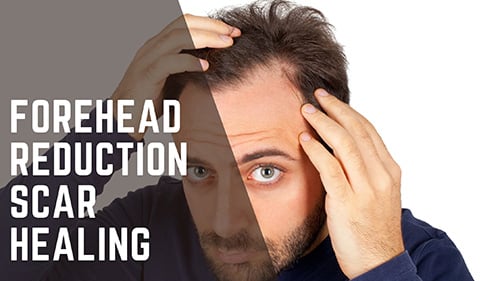
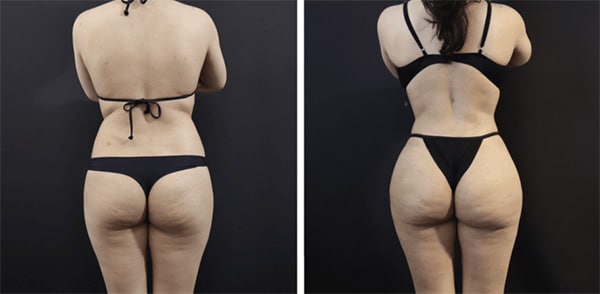
 patient satisfaction.
patient satisfaction.